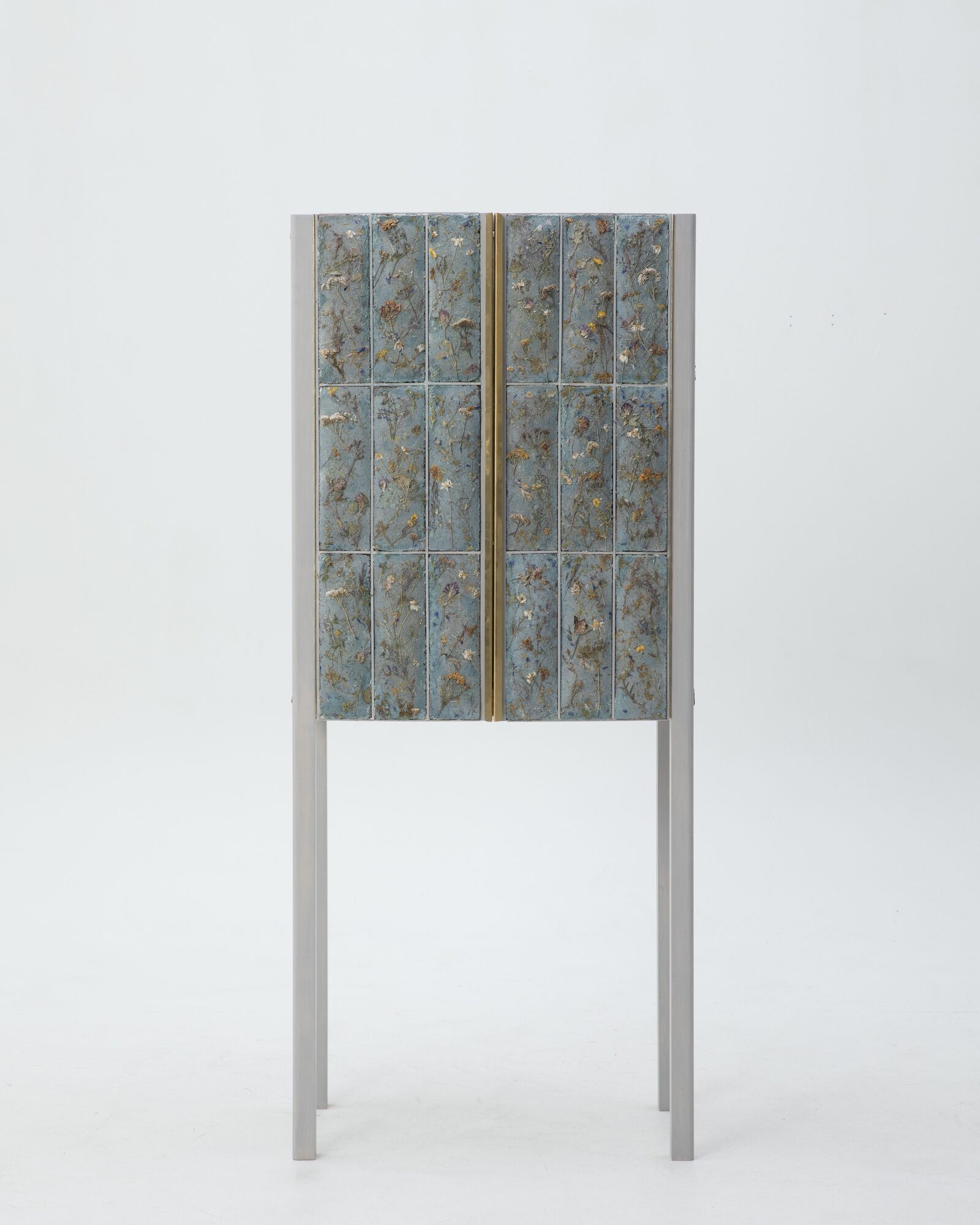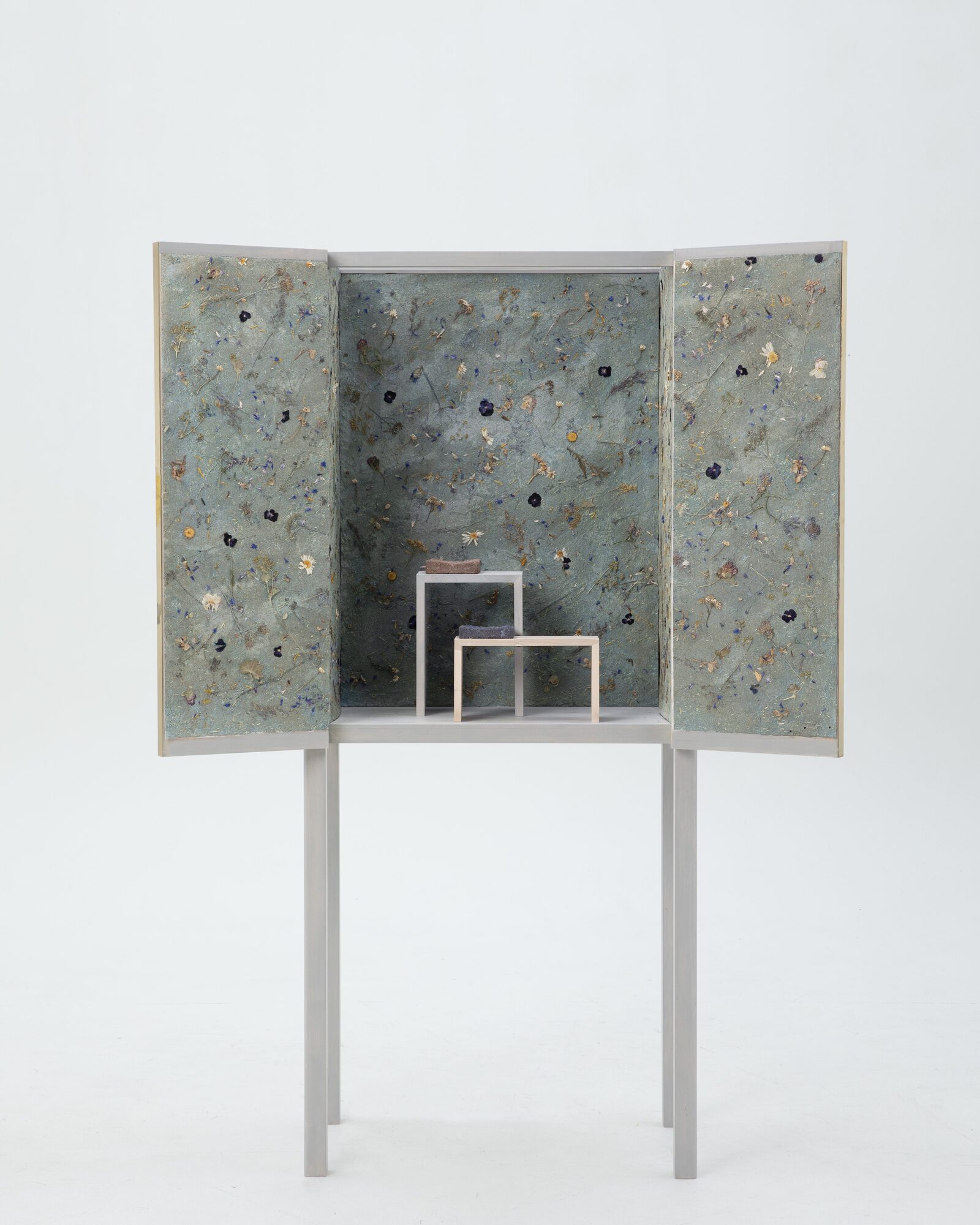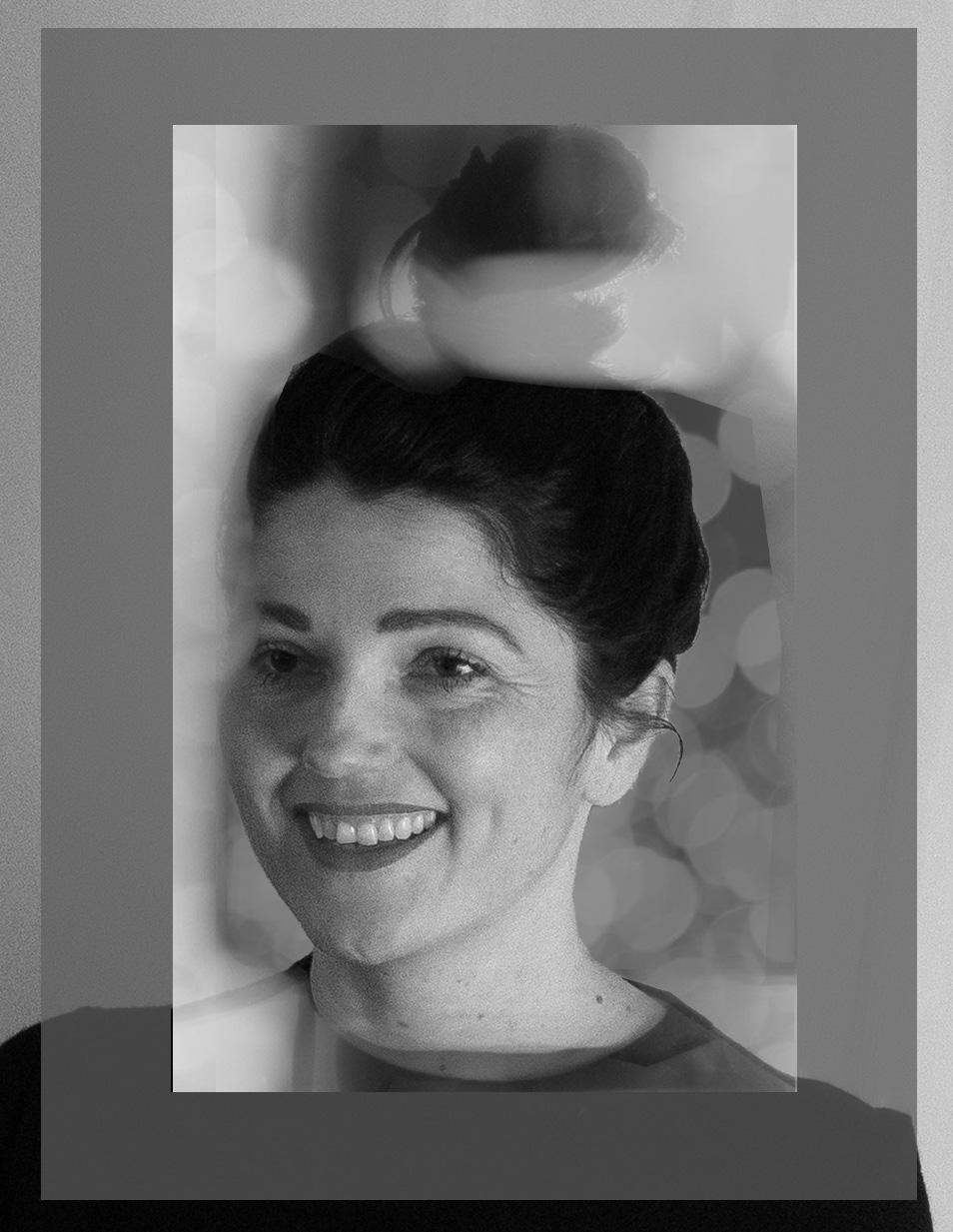Green Edge
Category: Furniture
Green Edge – A New Material for the Furniture of Tomorrow Graduation project by Anne Julia Ländle – Only Natural Home Competition 2025 In my graduation project, I have developed Green Edge – an entirely new, innovative, and biodegradable material made from two often overlooked resources: grass clippings from ecologically valuable roadside areas and wood waste from CNC milling. The result is a piece of furniture that not only tells the story of the material’s origins but also reveals its potential to shape a more sustainable future. Material Composition 40% Hay and Wildflowers from Roadsides The grass is harvested from roadside environments around Stockholm – habitats that are often forgotten but essential to many endangered plant and animal species. When grass clippings are left behind after mowing, it leads to soil over-enrichment, which favors nutrient-demanding species at the expense of biodiversity. By collecting and refining this material, it is given new life while simultaneously supporting conservation efforts. 60% Wood Waste from CNC Milling The wood used is otherwise discarded offcuts – a byproduct of digital fabrication. By repurposing it, a tangible connection is formed between technical precision and natural texture, turning waste into valuable resource within a circular process. Natural Casein Binder The binder consists of casein – a milk protein that provides strength and water resistance after curing. It is non-toxic, natural, and fully biodegradable. A Circular and Biodegradable Material Green Edge is developed with future resource management in mind. The material is not only 100% biodegradable but also circular – it can be ground down, reshaped, and repressed into new forms without losing its aesthetic or structural properties. In this way, Green Edge can participate in a continuous loop of use and reuse, leaving behind no waste. Design Concept: A Cabinet with a Story The piece is inspired by the traditional herbarium cabinet – a type of furniture historically used to preserve and showcase plant specimens. In a similar manner, this cabinet highlights the botanical origins of the Green Edge material. A glass top allows natural daylight to enter, creating a dynamic interplay between the colours, textures, and light within. The softly rounded forms are a deliberate aesthetic choice, challenging the often restrained visual language of sustainable design. This piece is allowed to stand out – both physically and visually – as a statement of transformation and material storytelling. An Application with Purpose The cabinet serves as a material communicator – a test object that puts Green Edge to the test in everyday environments. Exposure to light, touch, temperature shifts, and humidity provides a realistic and meaningful context to explore the material’s durability, functionality, and aesthetic potential. Green Edge demonstrates how local, natural materials can become functional, beautiful, and biodegradable interior objects – and how sustainable design can also be bold, narrative, and visually expressive.



 Copy URL
Copy URL
 Login to Like
Login to Like 